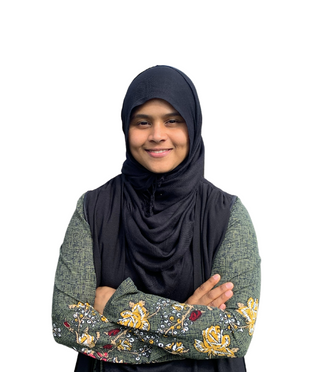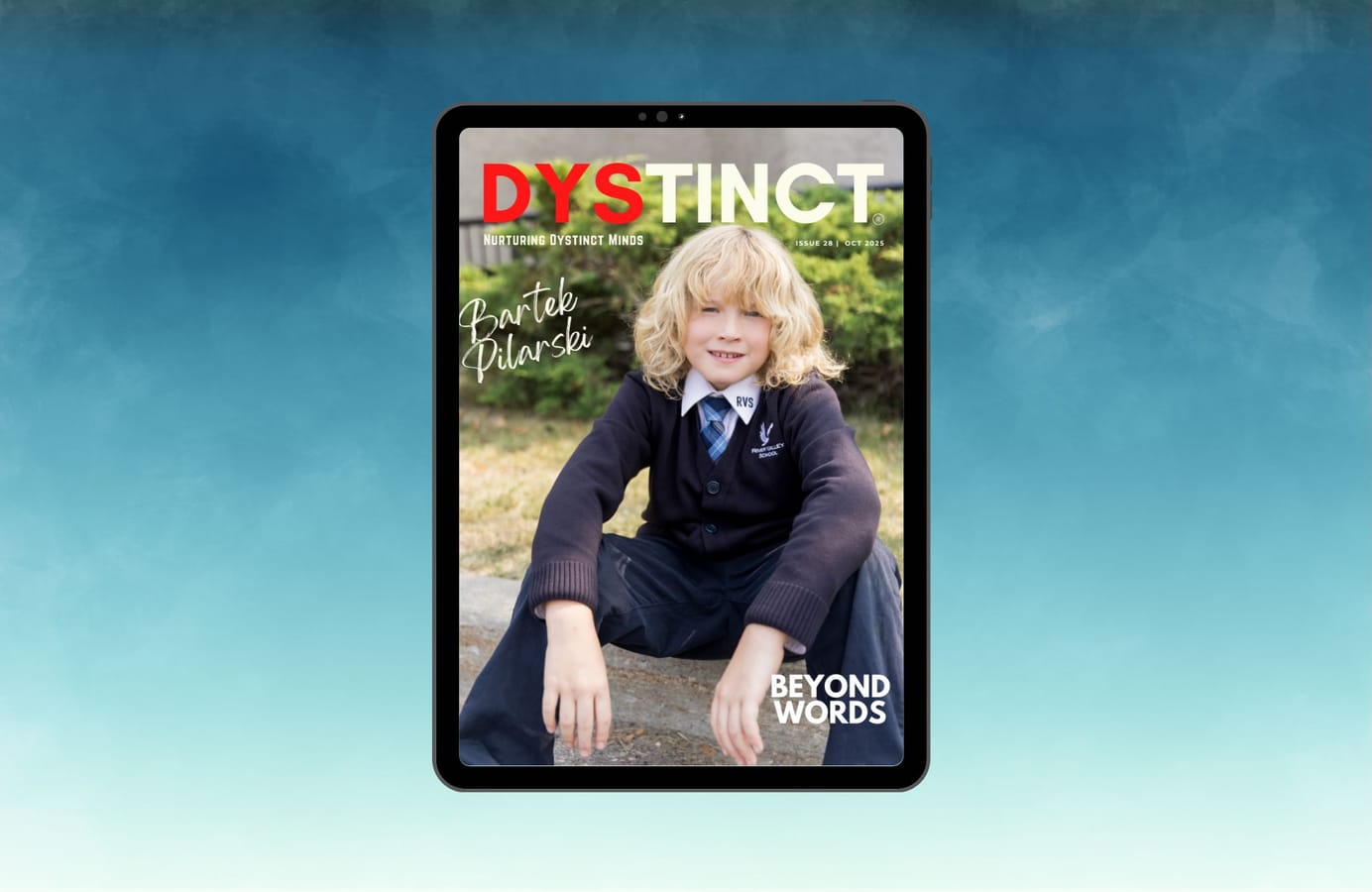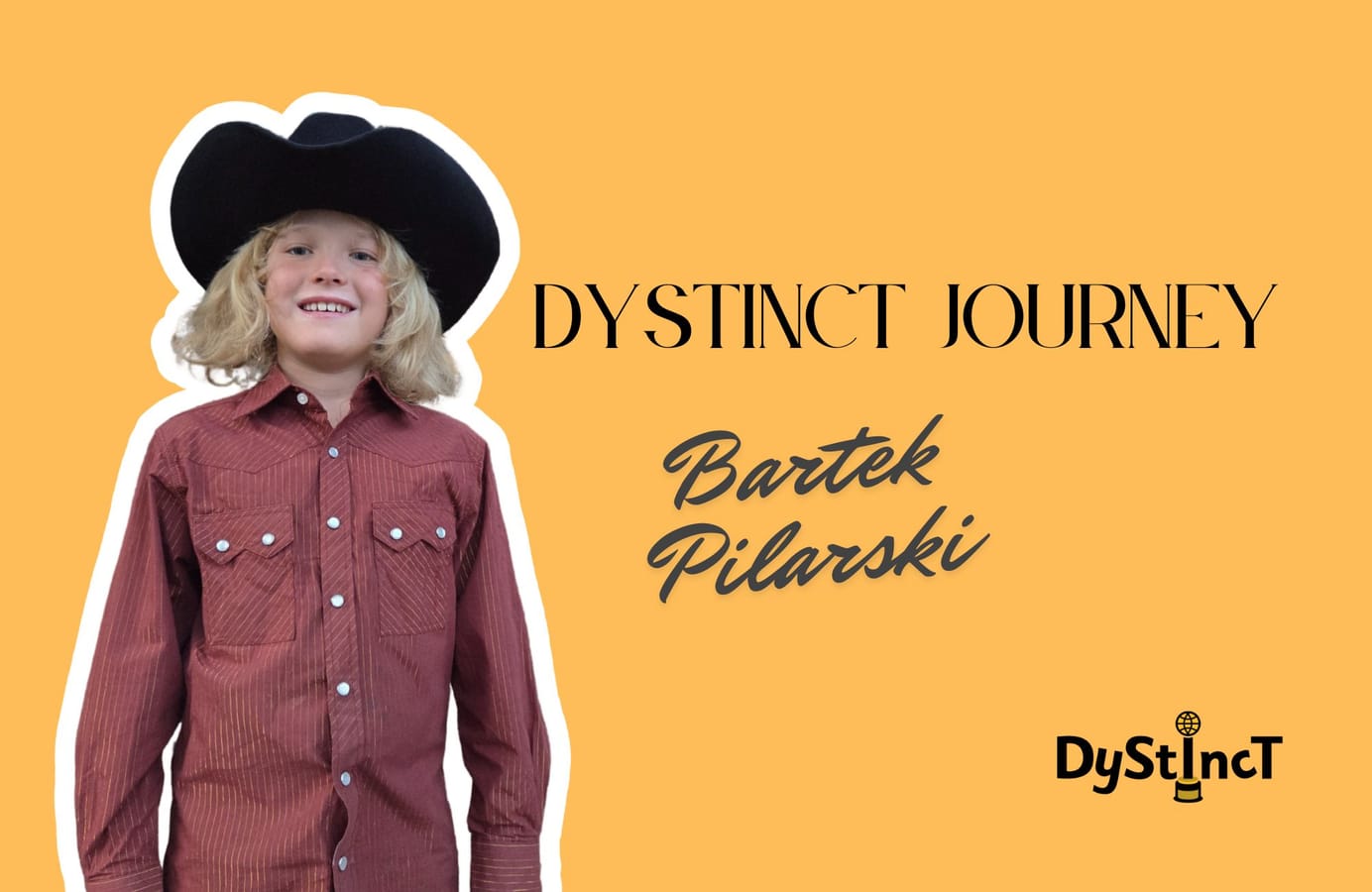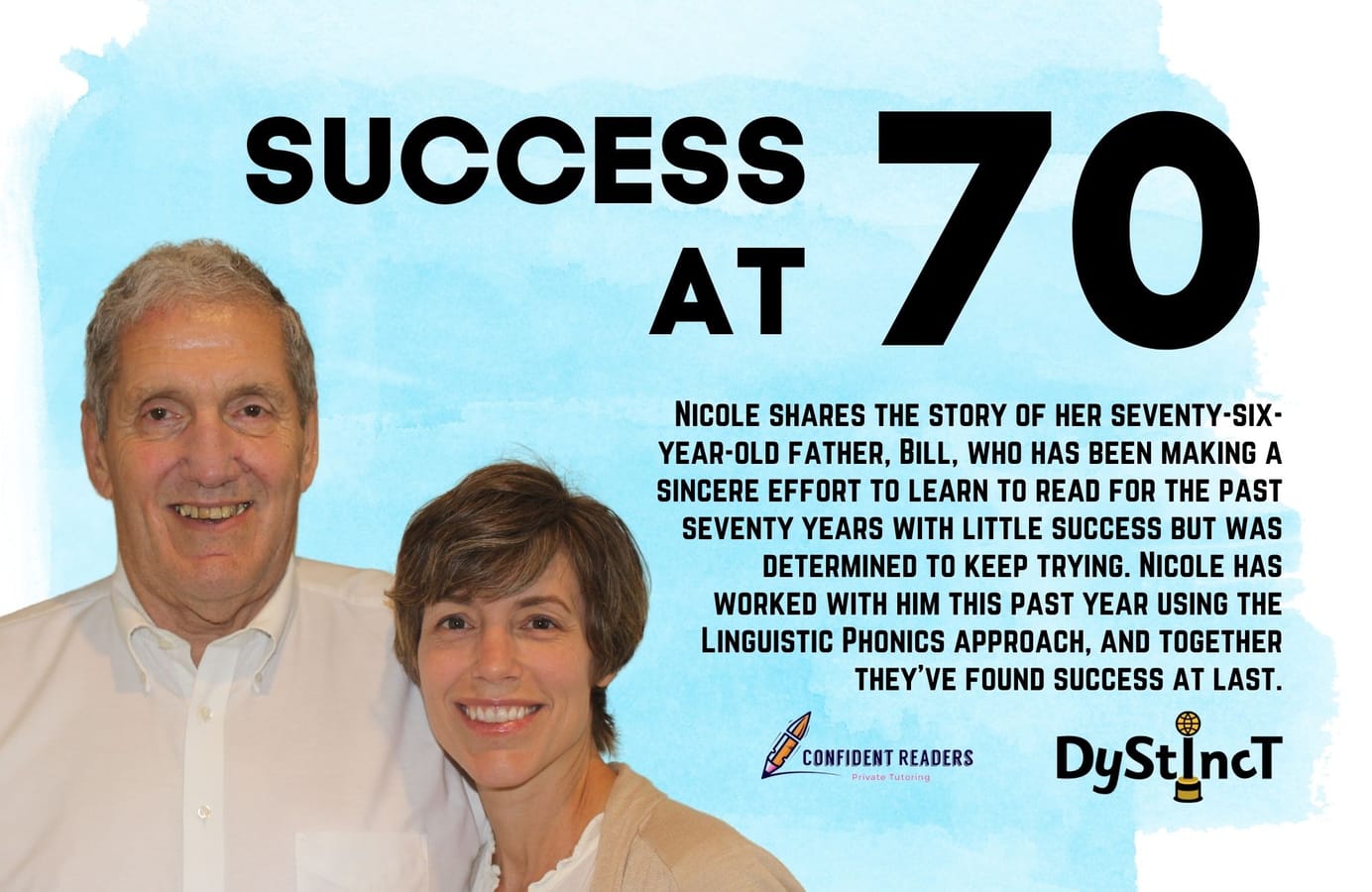
Issue 11: Success At Seventy | Nicole Ott
Nicole shares the story of her seventy-six-year-old father, Bill, who has been making a sincere effort to learn to read for the past seventy years with little success but was determined to keep trying.
Table of Contents
I'm new to this wonderful world of literacy. I’ve spent many years in an entirely different profession. How did my journey begin? It began just as it did for many of you, for the love of family. I know how fortunate I am because I’ve experienced something many never will, and I’d like to share my experience.
Bill's Story
Bill's Story
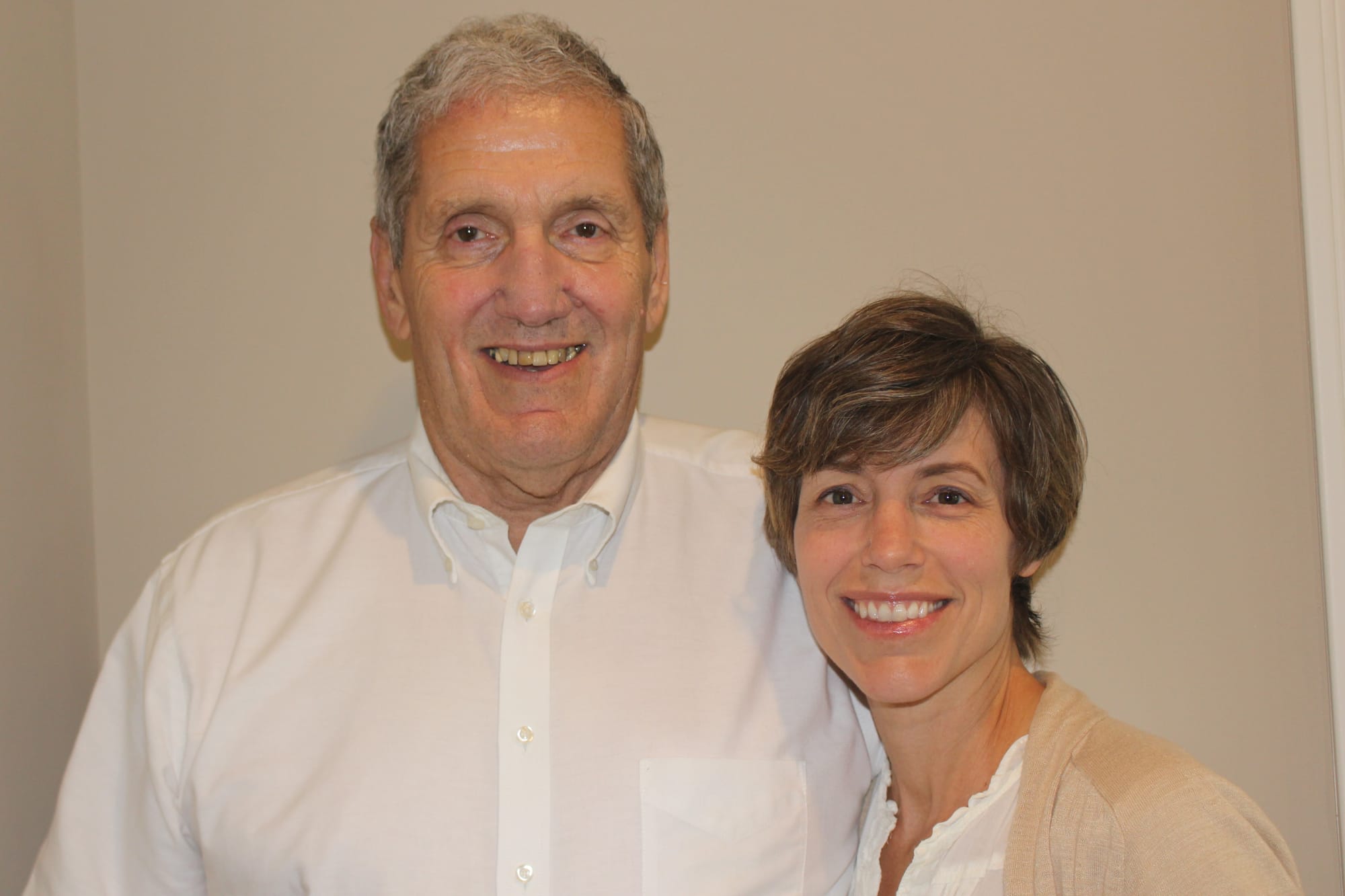
I work with a profoundly dyslexic, 76-year-old man named Bill. This man is my father, and we’ve been on quite a journey together over the last year.

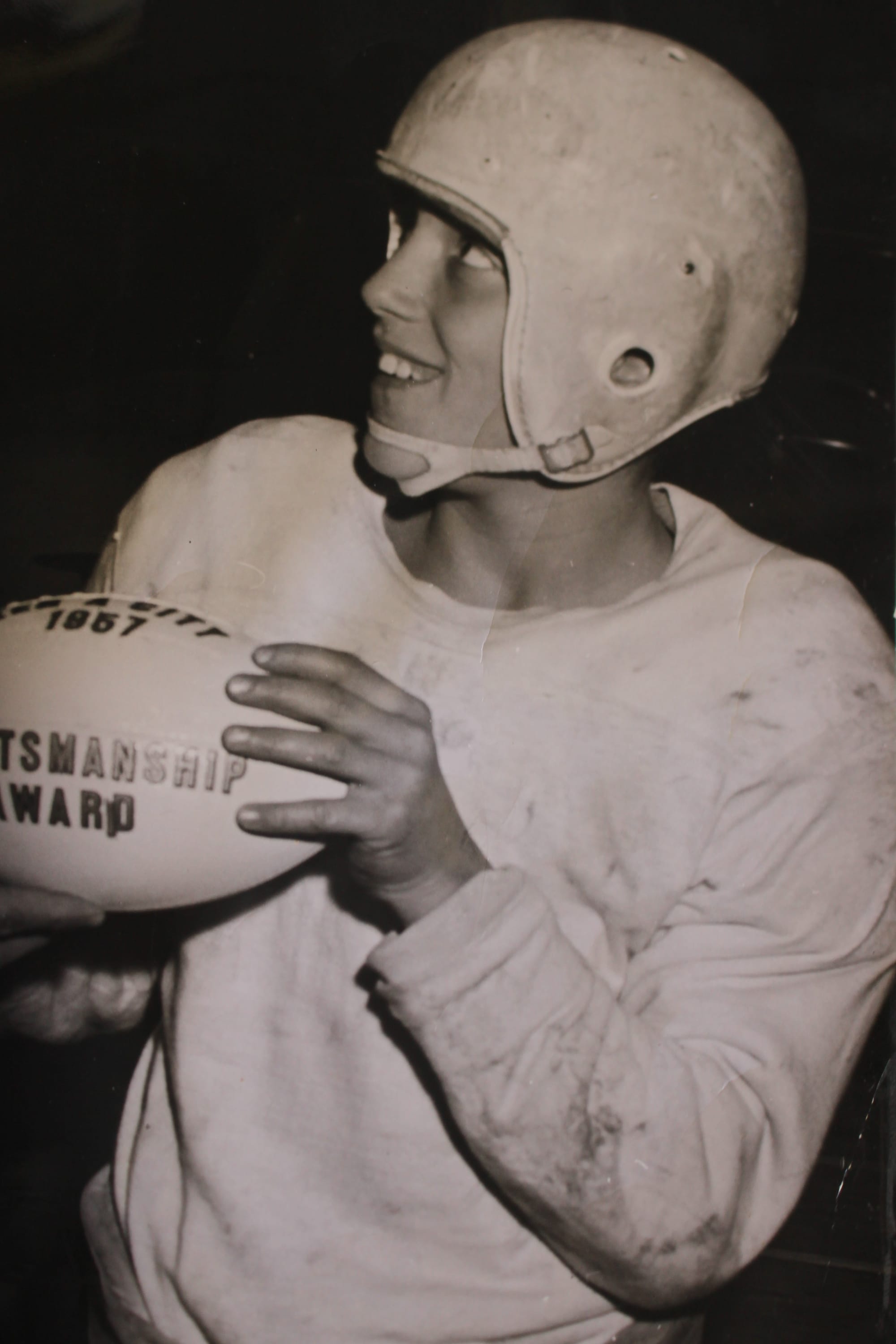
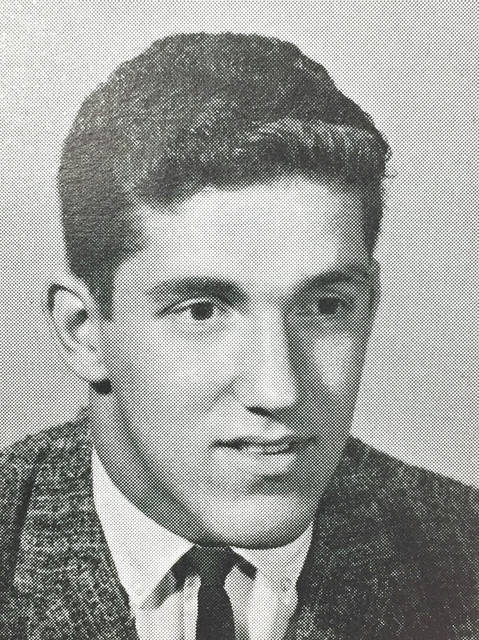
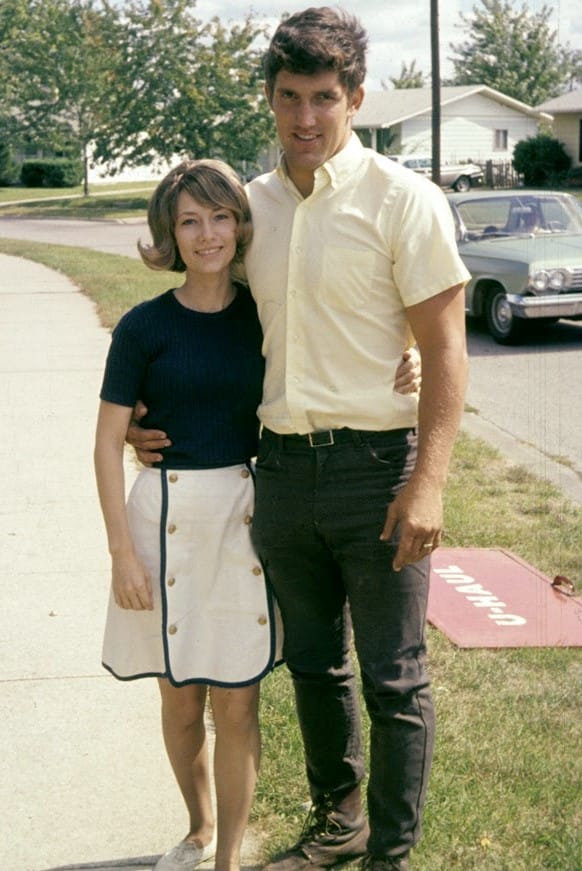
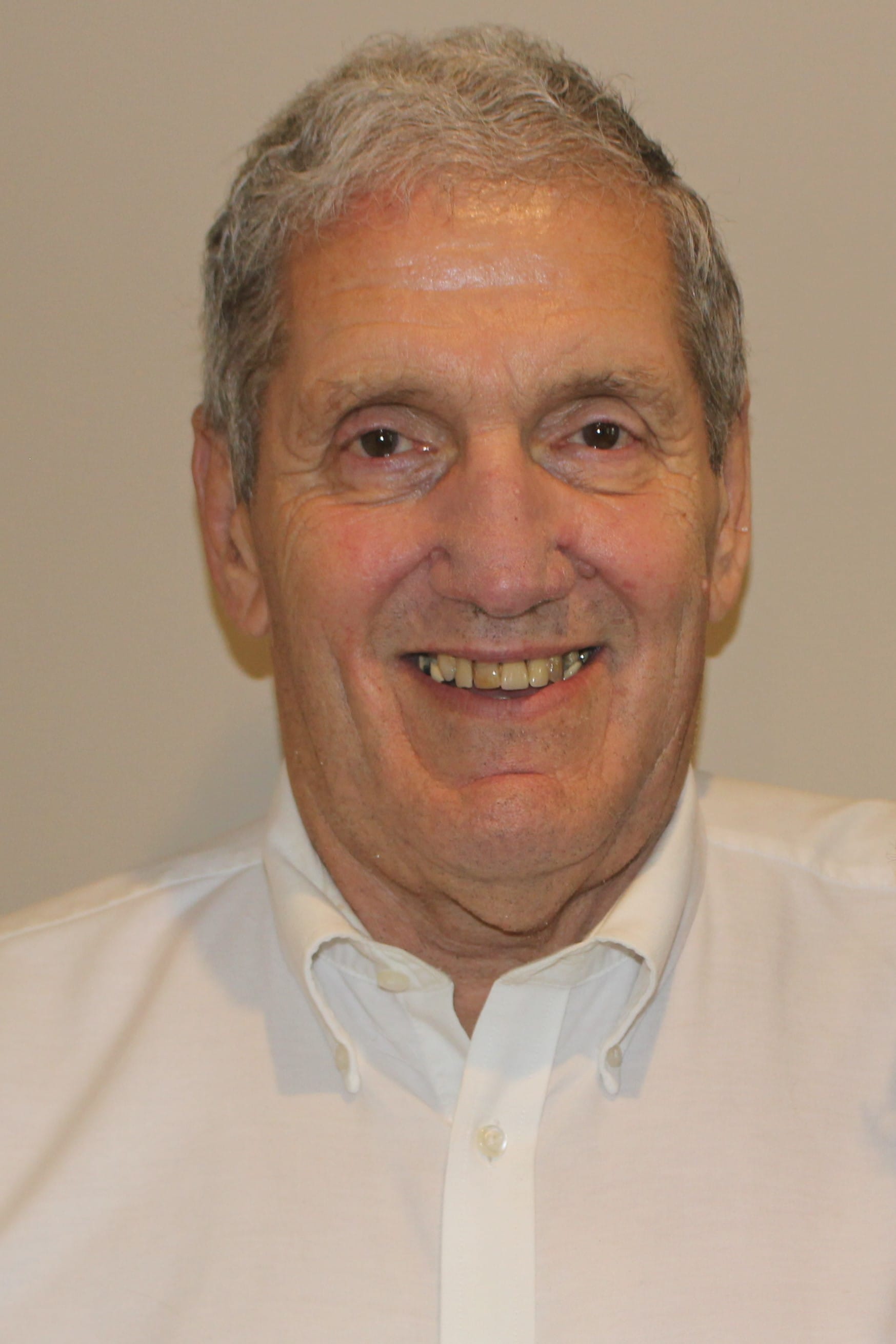
He has spent 70 years working nearly every day to become a better reader. Yet, he refused to give up. When we began working together, he struggled to read 4th-grade words. He was absolutely devastated by the news that he’d worked 7 decades to read at the level of a 9-yearold. He cried, and I will openly admit that I didn’t have the heart to re-evaluate him for the next 12 months.
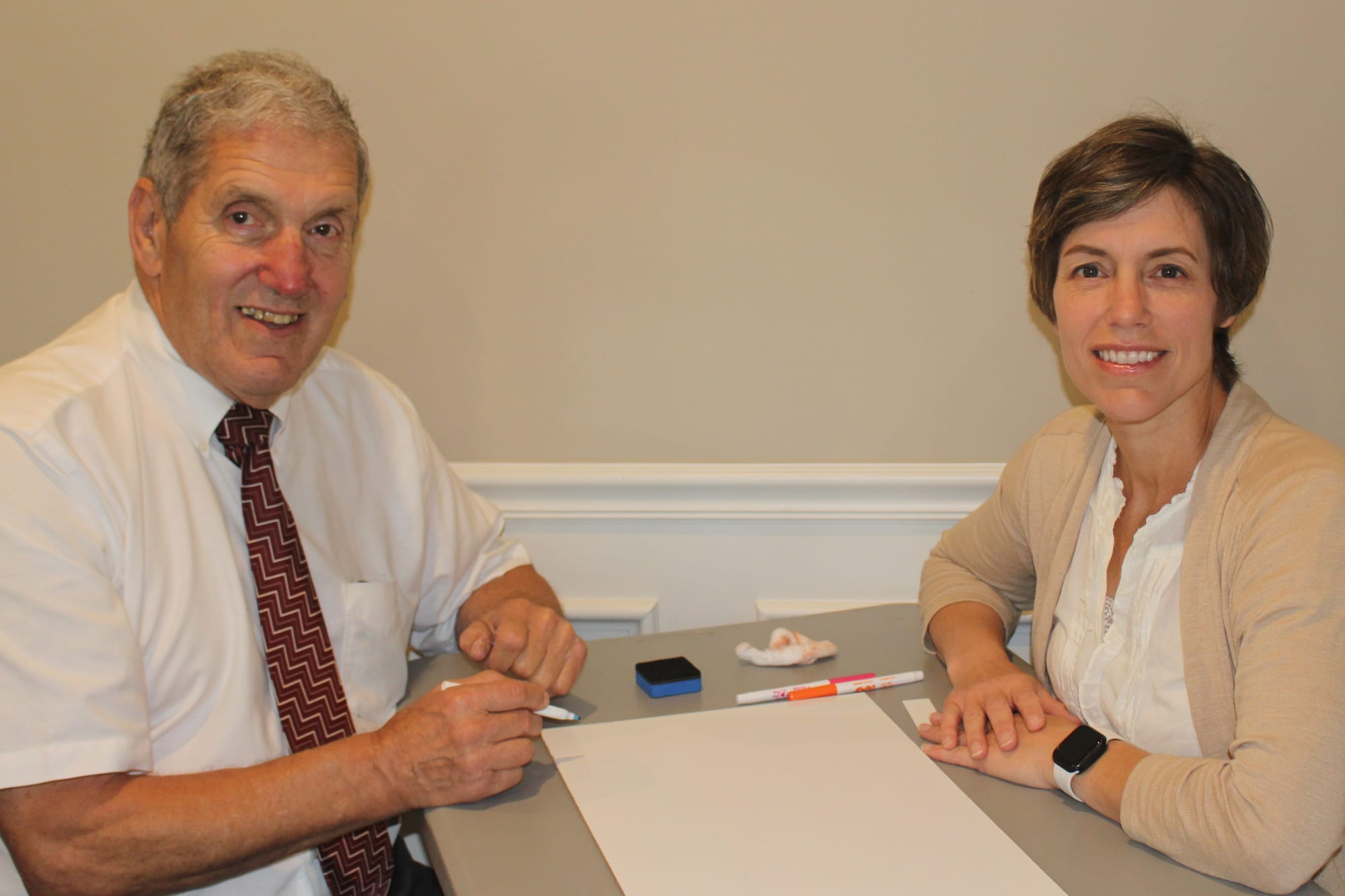
For the first 9 months, we used an Orton Gillingham (OG) program called Barton’s Reading and Spelling. We worked together three hours weekly, and he did homework every day. He was making slow but steady progress.

After 4 ½ months and a struggle that’s difficult to explain to those who haven’t experienced it, he was able to sound out and spell CVC words. At 6 ½ months, he could sound out and spell blends.
As we continued the OG program into months seven and eight, it became increasingly obvious that he was never going to make it through OG. He has a very slow processing speed and has great trouble in getting information into long-term memory. The rules in the OG program were going to break him. As such, I began searching for something different - something he could handle.
After researching and asking an unknown number of questions and chatting with anyone who would talk to me, I found it! It’s a linguistic phonics (aka Speech to Print) program called PhonoGraphix. We started long vowel sounds in this new program at the beginning of the 10th month of remediation, and he’s done amazingly well.
Within three months of beginning the Phono-Graphix program, he was reading and spelling three syllable words, and he’d learned 90% of the advanced vowel teams. I tested him at the end of month three for reading comprehension using Bader Reading and Language Inventory. He tested at a 9th-10th grade level for reading comprehension at 92 words per minute.
What is Linguistic Phonics?
What is Linguistic Phonics?
The linguistic phonics prototype was created by Diane McGuinness, and it’s explained in her book Early Reading Instruction. Phono-Graphix, EBLI, and Reading Simplified are three of many programs that follow the model created by McGuinness.
What is linguistic phonics (LP)?It is an instructional method utilizing speech-first, sound-based decoding and encoding strategies. The instruction starts with speech and then moves to print. Reading and spelling are taught interchangeably. Does this definition make it clearer? No, me neither. When I first read this, I asked myself: “What do I do with this information? What does this mean for my students?”
Before describing the instructional method, I need to mention the three skills and four principles explicitly taught in a linguistic phonics program.
SKILLS
- Segmenting
- Blending
- Phoneme manipulation (take out one sound in a word and replace it with another sound)
PRINCIPLES
- Letters are pictures of sound
- A grapheme may be one or more letters
- One sound can be represented by more than one grapheme
- Some graphemes represent more than one sound
Instructional Method
Instructional Method
- First, an LP program starts with a sound and then matches it to the letter(s). A student can begin spelling instruction without knowledge of a single letter name or its sound. This sound to letter(s) connection can be taught while building their first words. The child says each sound in a word. Then, they are taught which letter(s) represent that sound using a variety of instructional practices.
- Second, in an advanced level of the program, each sound is presented in sequence. Many graphemes are taught simultaneously. For example, o-e, oe, o, ow, oa may be concurrently taught for the long ‘o’ sound. The child engages in numerous, multisensory activities to solidify this knowledge. The below table illustrates a finished word sorting activity. The child reads the word and writes the word in the correct column. As the child writes a word, they will say each sound as the letter(s) are written. After the sort is complete, the teacher and student will discuss patterns such as generally appears at the end of a word.

- Third, syllabication is learned without teaching syllable types. By scaffolding instruction and using multisensory activities, the teacher guides the student through the process of discovering natural breaks in spoken words based on the child’s own speech pattern. As the student gains accuracy and confidence with the process, the scaffolds are removed, and the student becomes increasingly independent.
Back to Bill's story
Back to Bill's story
Currently, he’s reading at a high school level. I’ve slowed him down through the linguistic phonics program to add prefix/suffix word study and reading comprehension activities. Even so, he will be done with advanced code, multisyllable management, and basic word study within six months. The linguistic phonics program is working. It’s working beautifully!
I’m forever grateful for Barton’s OG program as it introduced us to the Science of Reading; however, what would have taken 3-4 years to accomplish in OG, my dad will finish in six months with PhonoGraphix.
I am sharing this story for others facing the same struggles and looking for an option other than Orton Gillingham. And I want to share how proud I am of my old man!
He's not a quitter.
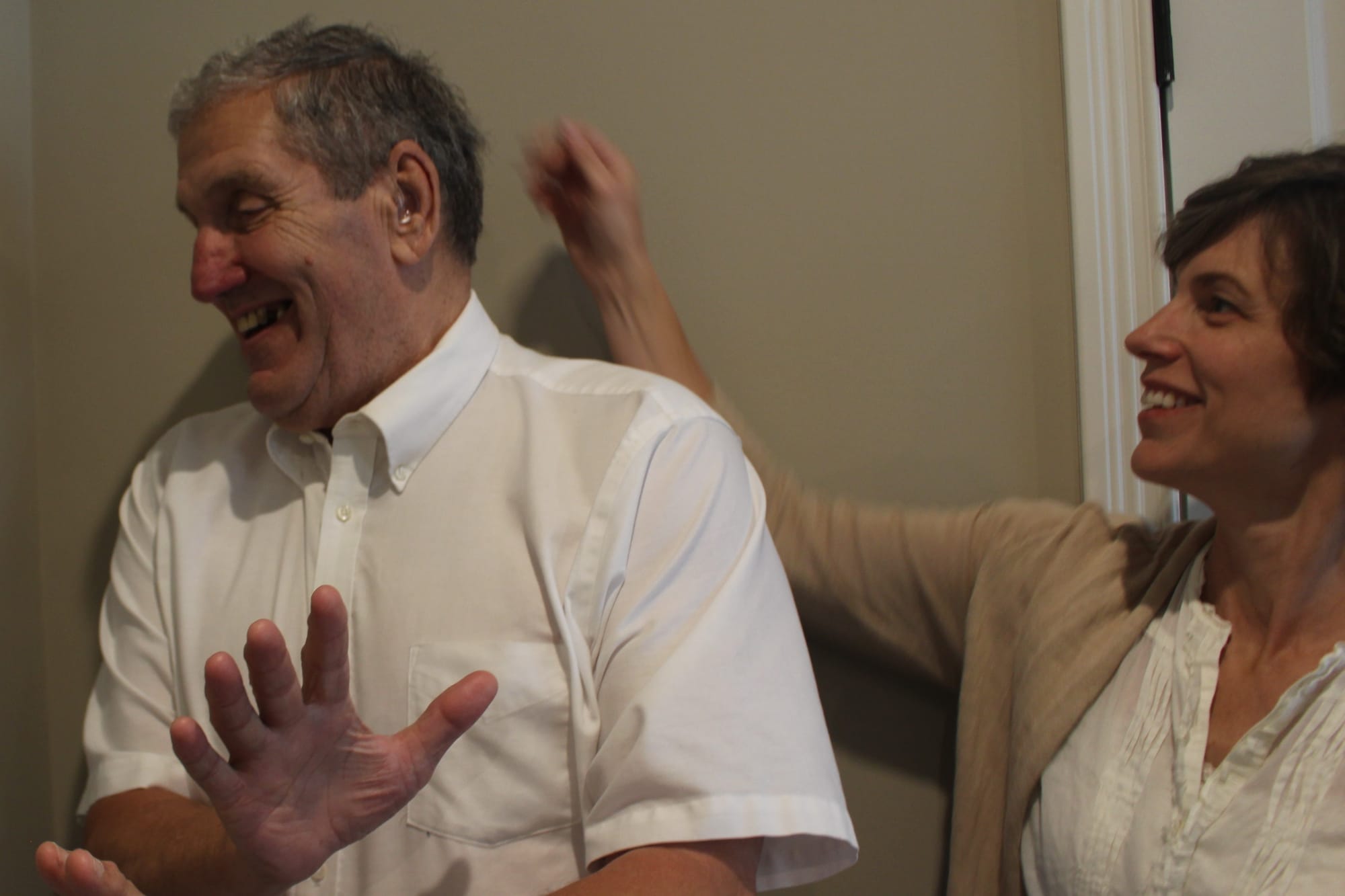
Q & A with Bill
Q & A with Bill
You spent 7 decades as an unsuccessful reader. How does it feel now to be successful?
I believed it when my teachers told me I couldn’t learn. Now, I know they were wrong. I can read; I can do this. It makes me feel like I’m not useless anymore because I’ve accomplished something important. It’s frustrating to know that it happened so late in my life, and I missed out on so many years. I could have done this when I was little, but no one tried to teach me. I feel like the sky is the limit.
What kept you motivated to struggle for 70 years? Why keep going?
I just wanted to do the best I could and be the best I could. I always wanted to read well.
What is your advice to adults with learning difficulties struggling to learn to read?
Find a teacher who believes in you and encourages you. You won’t listen to or learn from a teacher who doesn’t care about you. Don’t give up, and don’t feel bad about yourself. Just keep trying. When you find a good teacher who cares about you, do what they say. Don’t complain. If the teacher gives you homework, do it without grumbling.
Diane McGuinness’s linguistic phonics prototype [theliteracyblog.com]
What is the difference between speech to print and print to speech [eblireads.com]
Are there silent letters in the English written code [phonicsforpupilswithspecialeducationalneeds.com]
Nicole Ott
Confident Readers Private TutoringFacebook
Nicole Ott

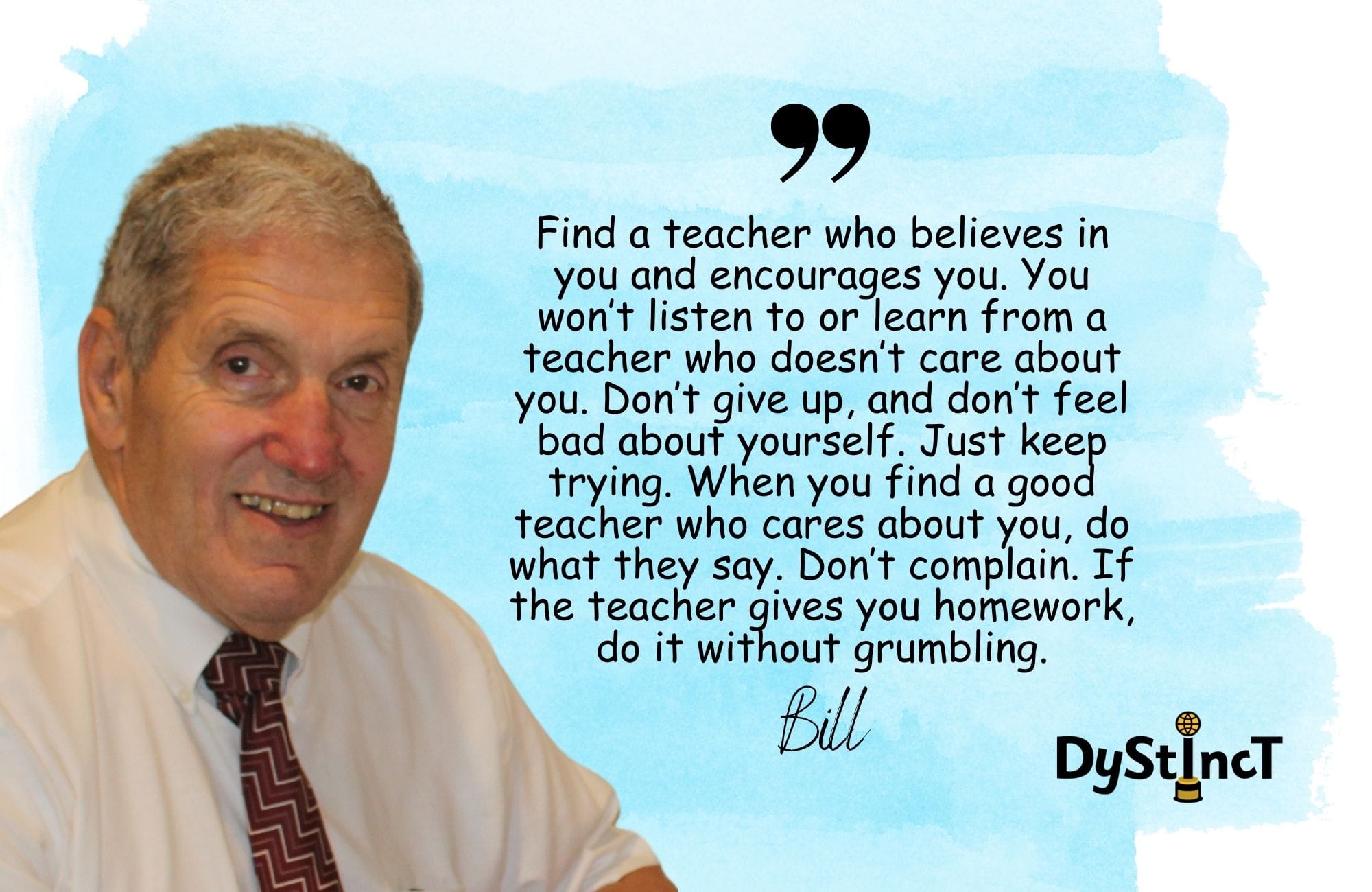
Nicole Ott has been an instructor for over 15 years, working as a substitute teacher and devoting hundreds of hours to volunteering in classrooms before homeschooling her children. Since then, she has started her private tutoring practice and has helped many people of all ages become confident readers.
After discovering that her father and daughter were both dyslexic and watching them struggle with reading, Nicole began learning as much as she could about the learning disorder. With this knowledge, she became a certified instructor through Phono-Graphix, a phonetic-linguistic approach to reading. From this, Confident Readers Private Tutoring was born.
With a long-time passion for teaching, Nicole’s biggest drive comes from encouraging students to see their true potential and intelligence. She describes some of the best moments in her life have been seeing the light in her students’ eyes shine when they realize their own capabilities, especially with reading.
Extracts from Dystinct Magazine
Extracts from Dystinct Magazine













